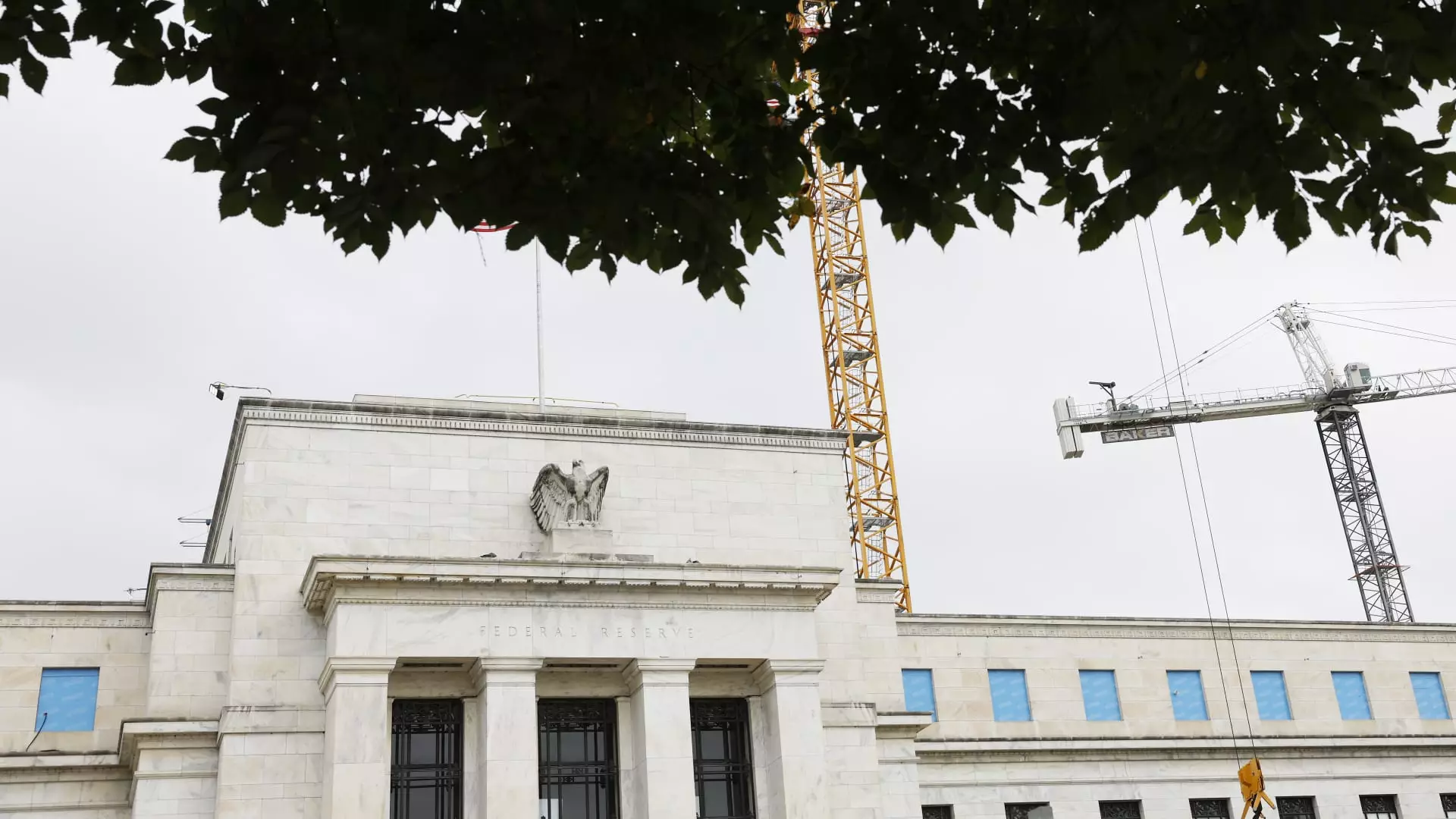Elon Musk’s recent comments on the extravagant $2.5 billion renovation of the Federal Reserve building have ignited discussions about government spending in ways that few have dared to scrutinize. Musk, known for his candid approach, raised eyebrows by questioning the rationale behind such a staggering price tag for what amounts to building upgrades. “What do you get for $2.5 billion in redecorating? Must be incredible,” he quipped, encapsulating a sentiment that resonates with an increasingly skeptical public. Such flamboyant expenditures in government ventures often compel a stark examination of efficiencies—or the lack thereof.
The Rationale Behind the Renovation
The Federal Reserve justified its multi-billion-dollar renovation by pointing to needs such as compliance with building codes, necessary technology upgrades, and enhanced energy efficiency. Nonetheless, one must wonder whether these justifications hold water when costs escalate significantly from an initial estimate of $1.9 billion within a span of just two years. Added pressures like soaring materials prices and design changes beg the question: Are these expenses warranted, or are we simply looking at the inefficiencies that plague government contracting processes?
When officials claim these modifications will ultimately lead to savings, such assertions ring hollow. The promise of consolidating staff and reducing leasing expenses sounds good in theory, but the initial outlay is staggering. The disenchantment grows as taxpayers—despite the Fed’s unique funding structure—are often left shouldering the burden of financial mismanagement in the public sector.
The Illusion of Public Accountability
Musk’s disdain for the potential misuse of taxpayer money echoes broader frustrations about the opacity that surrounds government financial maneuvers. Even though the Fed’s operating costs don’t directly impact citizens through taxes, the ethos of using public funds remains paramount. Musk’s assertion that taxpayers deserve insight into how their money is spent surfaces a crucial issue: if government entities operate with minimal transparency, how can we hold them accountable? As the head of the Department of Government Efficiency, he urges a closer examination of the Federal Reserve’s expensive habits. “Can we see pictures of what you get for that?”—this rhetorical flair adds a necessary bite to the argument but highlights a disheartening truth: the lack of visual and fiscal checks on government projects.
A Broader Call for Efficiency
Musk’s contributions to the conversation cannot be overlooked; his firm stance on reducing waste in government spending resonates with a center-left liberal audience, who increasingly champions efficiency over extravagance. Reflecting the sentiment of a generation fed up with bureaucratic bloat, Musk’s inquiries come at an opportune moment; public trust in institutions is shaky at best. If the Fed aims to engender public confidence, revealing more about its spending practices could go a long way toward rebuilding that trust.
The implications of this renovation are not merely confined to fiscal policy. They reach into the fabric of how institutions relate to and serve the public. As taxpayers intermittently watch funds evaporate into projects with dubious returns, there exists a pressing imperative for holistic reform. The conversation initiated by individuals like Musk could potentially catalyze a nationwide reevaluation of how government entities function—we must ask ourselves: should we persist with projects whose costs spiral into the sublime without clear benefit? This essential inquiry serves as a benchmark for all future undertakings.

